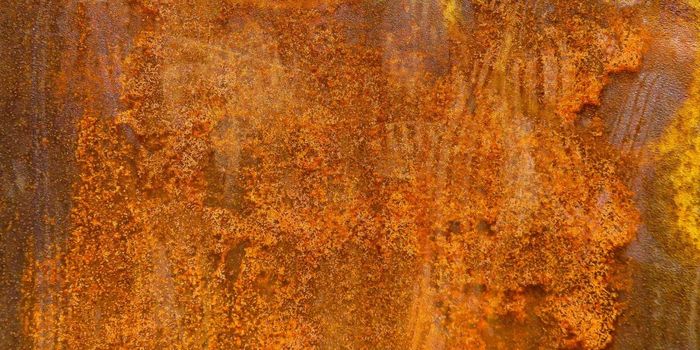Is Graphene Finally Easy Enough to Make?
There's a super special multi-use and versatile material out there known as graphene, and manufactures have been looking for cost-efficient a way to mass-produce the stuff since it was originally discovered back in 2004.
It's stronger than steel, and yet lighter than plastic. It's a very special material that could make unbreakable smartphone screens, could help us build more durable building and/or bridges, and much more. Additionally, it's biodegradable and it works well with organic matter.
Unfortunately, no way of making graphene is in any way, shape, or form, easy. But a new method described in the journal Nature Communications that involves super-heating soybean oil to approximately 800º Celsius atop of a sheet of nickel foil.
The process is good enough to create credit card-sized sheets, but even at this production speed, it's still very difficult to produce. Nevertheless, it's a much easier method, as it doesn't require a laboratory or a vacuum chamber.
It would seem that high amounts of heat are the key to producing the stuff, and it's even possible to produce the material in chunks, but there's a lot of confusion about how to create it in the shapes and sizes that we need in vast quantity. Production is also super expensive.
This is a problem we aim to solve in the near future, as graphene could one day change the way we build our world.








